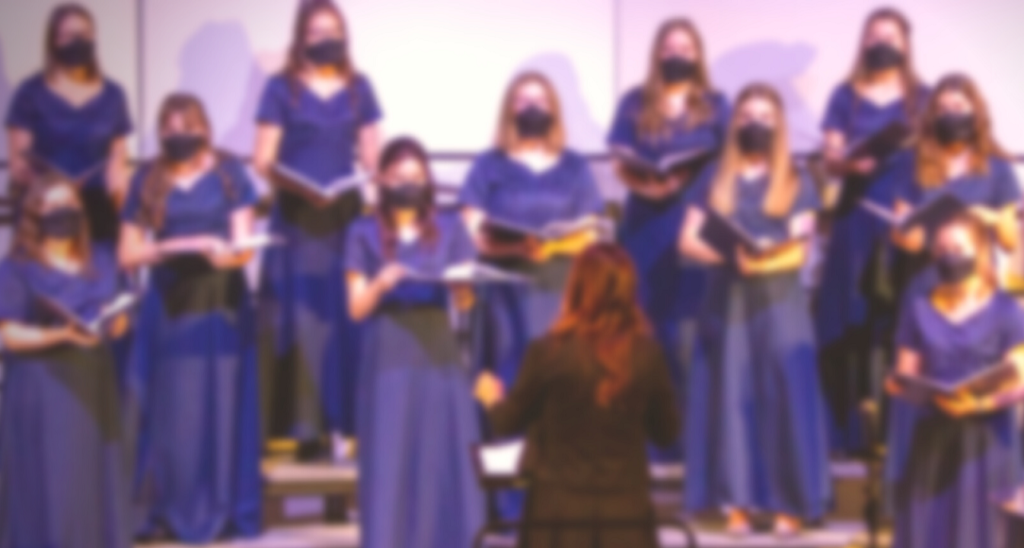Dr Jennifer Daniel

Singing has long been shown to have significant psychological and physiological benefits to health. Choral singing in particular has the additional benefit of bringing people together in groups.
But what happens when that same activity that brings people together, comes with the risk of Covid19? What does this mean for those of us in positions of teaching or leadership? What are our responsibilities to the individuals that make up our classes and choirs?
Both anecdotal evidence and peer-reviewed research points to choral singing as high risk. What better for Covid transmission than a room full of people in close proximity, projecting their voices (and associated particles) and inhaling deeply, in a resonant indoor space, for an extended period of time?
This being established, lockdown imposed a moratorium on such activities, after which alternatives were found to group singing various contexts. Church congregations listened to hymn tunes whilst reading lyrics; primary school children hummed ‘Happy Birthday’ to one another; music classes heard one singer at a time.
Current research on Covid transmission advises us that for absolute mitigation of Covid risk we might ‘avoid choir practice’ but, the guidance also allows individuals to remove face-coverings when it is ‘reasonably necessary for them to sing‘.
For choral leaders and vocal educators, we now face a quandary.
With mass immunisation the risk of death is less tangible than early in the pandemic, but with Omicron, the infection rates have risen fast. There is still a significant risk to many including the immunocompromised and the non-immunised, some of whom cannot be immunised for medical reasons.
So what can we do?
Face-coverings dampen sound. Full body-length screens are helpful to prevent the projection of particles directly outward from one vocalist at a time toward an audience, but in a room full of singers the number required would be impractical, and they do not prevent the flow of air around the room.
While the guidance has moved toward individual responsibility, our responsibilities as leaders and educators remain. While no solution to Covid-safe group singing is perfect, we need to compromise; using the kinds of shields or covers that lessen the disruption of sound quality in the classroom and in rehearsal, in combination with good spacing and crucial ventilation (even it means wearing coats indoors).
Alongside, we must ensure that the non-immunised and otherwise vulnerable are aware of the contextual risk of exposure inherent in choral singing, and that alternative measures are in place so that they are not asked to engage in the activity as a requirement.
Mass immunisation may have allowed us, in many ways, to return to old activities with mitigated risk; but ‘compromise’ is likely to remain with us for some time, and may influence the way we ‘sing’ long into the future.
Dr Jennifer Daniel is a Senior Lecturer in Musical Theatre at Edge Hill University.

One response to “Singing Through a Pandemic: Thoughts from the Field”
I make sure everyone in my choir brings a negative Lat Flow test to every rehearsal. If they forget, they can’t join the rehearsal. It’s been very effective so far, as long as the tests remain readily available. No one minds as it’s for everyone’s benefit.